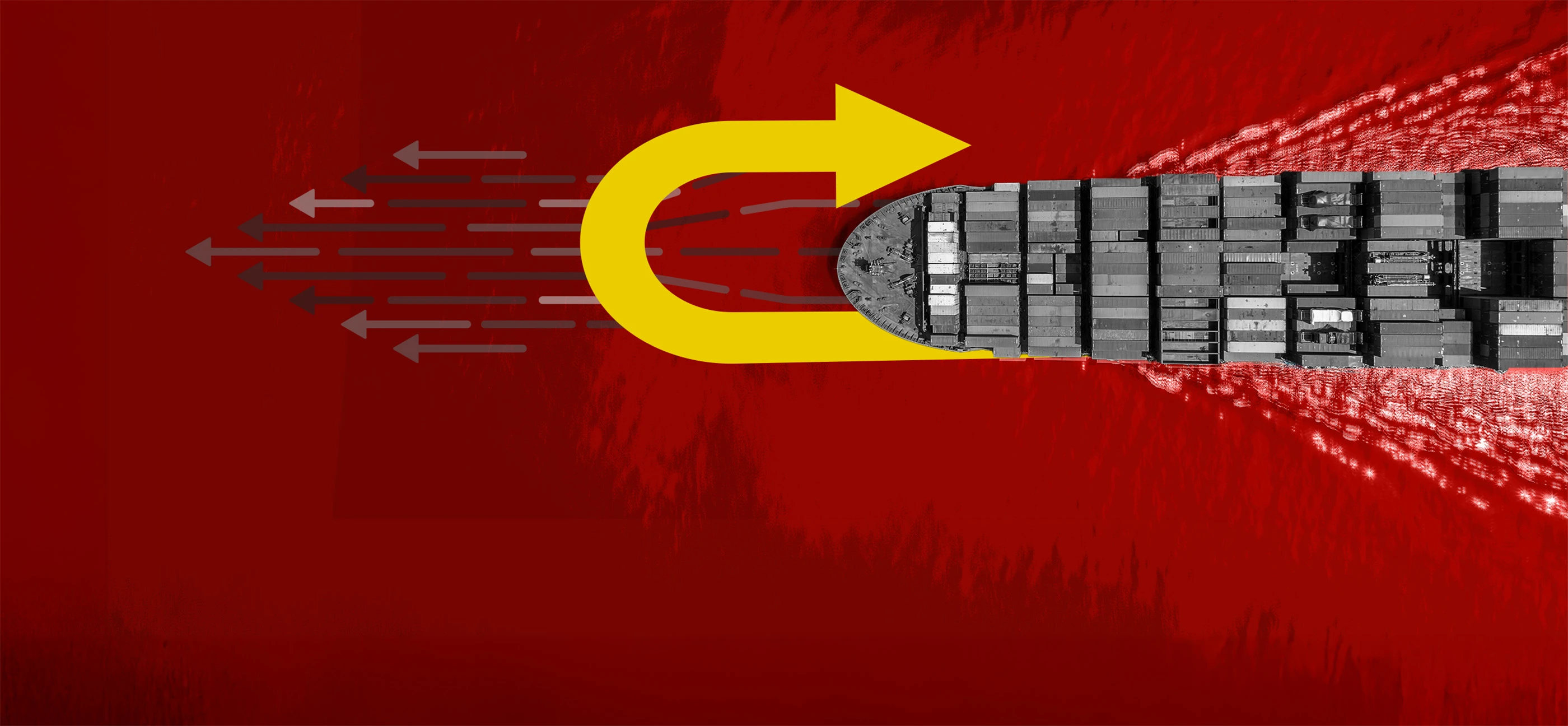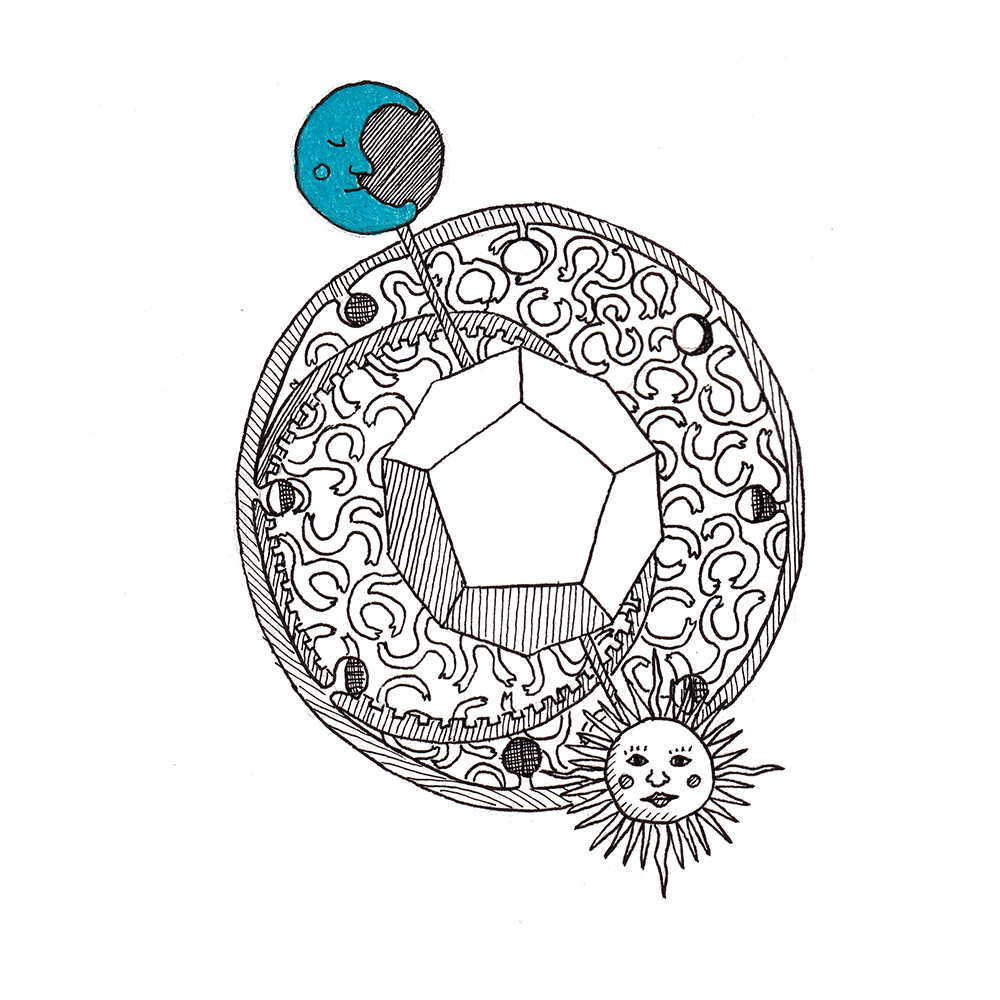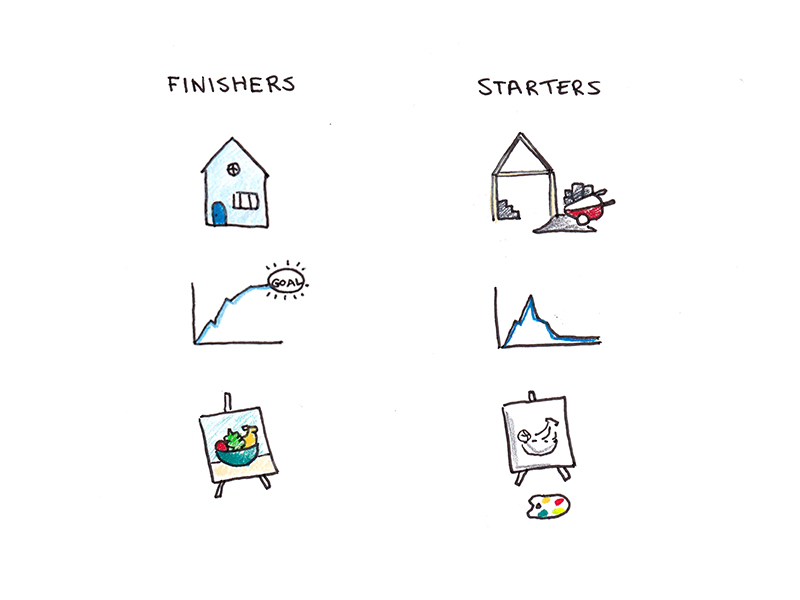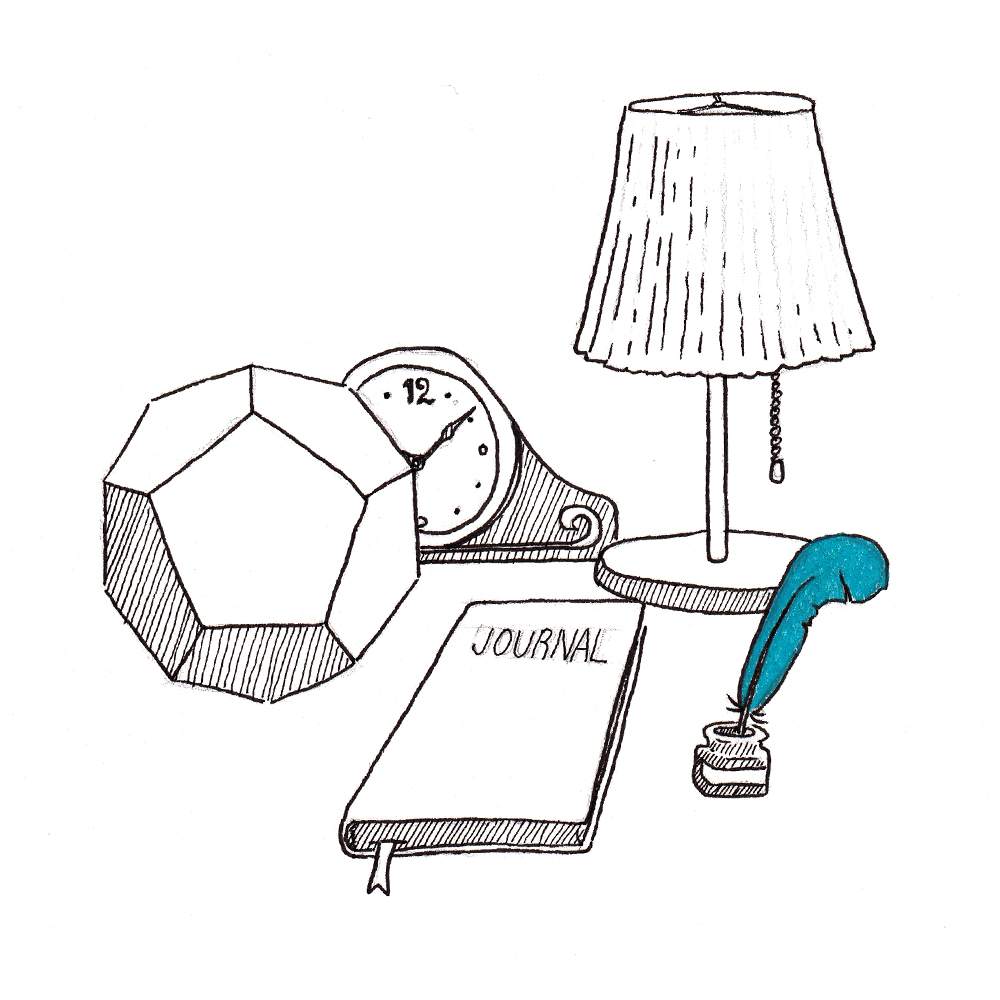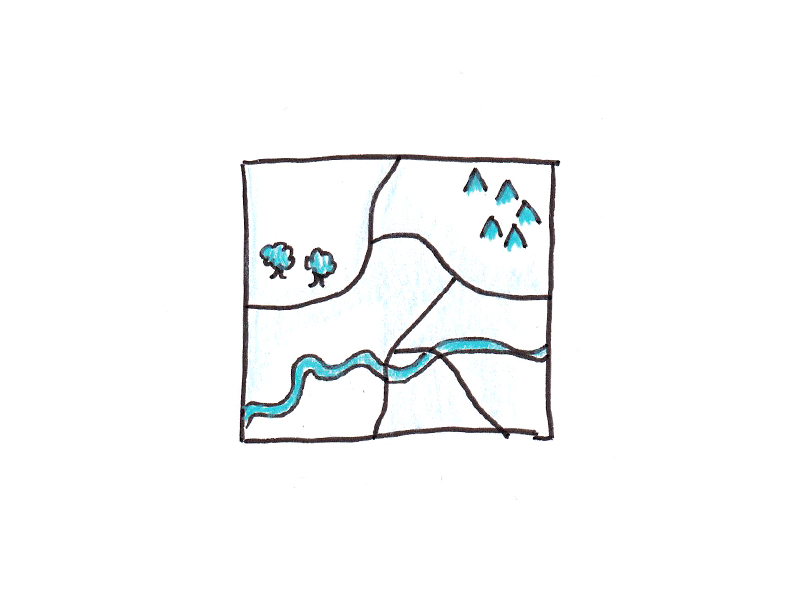Lesson 3: The surprising secret to flow
This is the third lesson in a four-part series on how to design and finish successful learning projects. I’ve written it in anticipation of my six-week course Rapid Learner reopening on Monday. In the first lesson, I shared how to go from being a starter to a finisher. In the second one, I shared the […] The post Lesson 3: The surprising secret to flow appeared first on Scott H Young.
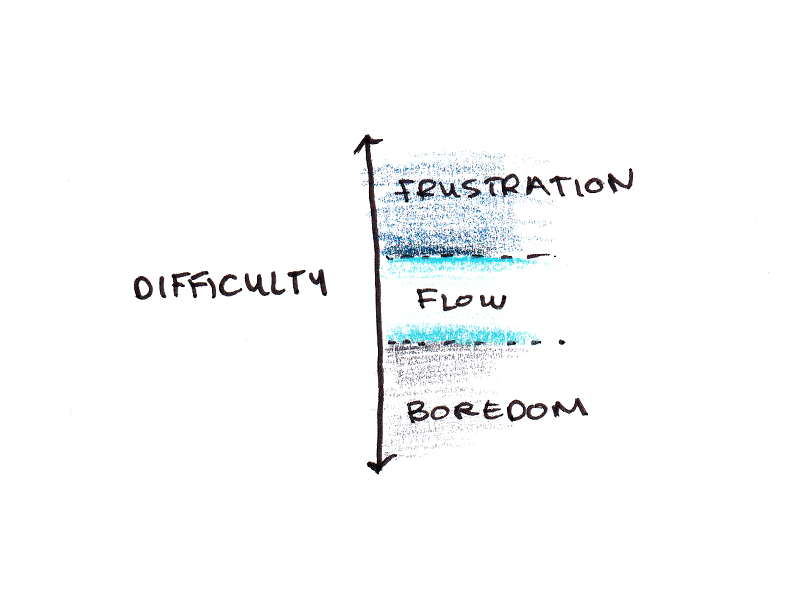
This is the third lesson in a four-part series on how to design and finish successful learning projects. I’ve written it in anticipation of my six-week course Rapid Learner reopening on Monday. In the first lesson, I shared how to go from being a starter to a finisher. In the second one, I shared the keys to effective meta-learning, or learning how to learn a particular skill.
Today, I want to talk about actually doing the work. What separates a delightful and fun process of learning from an endless grind? What, in other words, separates those who excel at doing the work of learning from those merely daydreaming about mastering it?
Flow: Between Boredom and Frustration
The late psychologist Mihaly Csikszentmihalyi pioneered the concept of flow to define the state of pleasurable absorption in a mentally challenging and meaningful task. Learning demands concentration and has the potential to be quite meaningful, both of which are needed to produce the flow state.

But more often, learning produces the opposite: boredom and frustration. Boredom fuels our desire to escape—think of constantly glancing at the schoolroom clock as you wait for the bell to signal a lecture is finally over. Frustration occurs when there is no progress, despite effort; it happens when we’re working hard but feel completely stuck.
Flow matters because we’ll only do the work of learning if the joys of learning consistently exceed the pain.
A learning project may have high extrinsic rewards (better job, health, or relationship), or even delayed intrinsic rewards (satisfaction, pride, a new hobby). But if its moment-to-moment experience is highly negative, it will be difficult to sustain in the face of alluring, low-cost alternatives like games or social media.
In contrast, if the experience of learning is pleasurable (or at least not too unpleasant), you’ll be able to sustain it much longer. This is the secret behind tools like Duolingo, which is a much more enjoyable tool to learn languages than most alternatives.8
How to Flow
How can you create and sustain a flow state in learning? The answer is simple: flow occurs when tasks are not too hard (frustration) and not too easy (boredom). Add to this clear and visible markers of progress, and even superficially mundane activities can become addictively compelling.
This is what game designers do when they want to create compelling games: set the difficulty just right and create constant progress markers to sustain engagement.
Games can be optimized entirely for flow. But learning projects, at least effective ones, must also be designed to acquire the knowledge you actually need. This other purpose often puts constraints on how you maximize flow in your learning.
However, assuming you have a more compelling reason to learn than simply filling time, we don’t need to make learning as compelling as a video game to get it done. All we need to do is make sure it is compelling enough so we don’t have difficulty doing the work consistently.
In general, there are three tools you can use to improve the flow in your learning project:
Flow Enhancer #1: Make boring parts more engaging
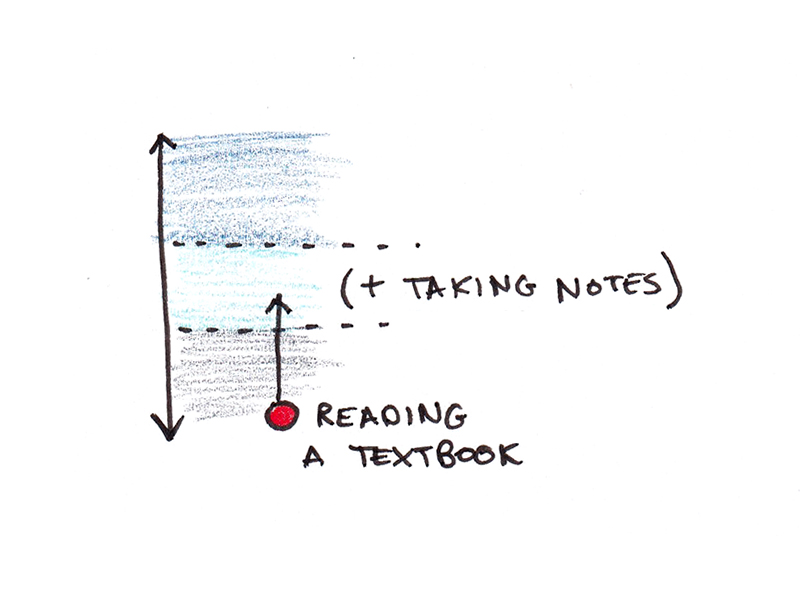
Boredom is one failure mode of flow. If you’ve ever gotten stuck when reading a dull textbook and found yourself drifting off as you re-read the same passage, you’ve seen how boredom can derail learning.
Finding a more expressive lecturer or better author to read is one solution. But even if you can’t change your materials, you can make processing them more engaging by changing the technique you use while reading them.
For instance, by keeping a stack of index cards and writing a few bullet points summarizing each page after you read it, you take a completely passive activity and turn it into a more active one. This assists with learning, but also makes the activity itself less boring.
Flow Enhancer #2: Make the frustrating parts easier
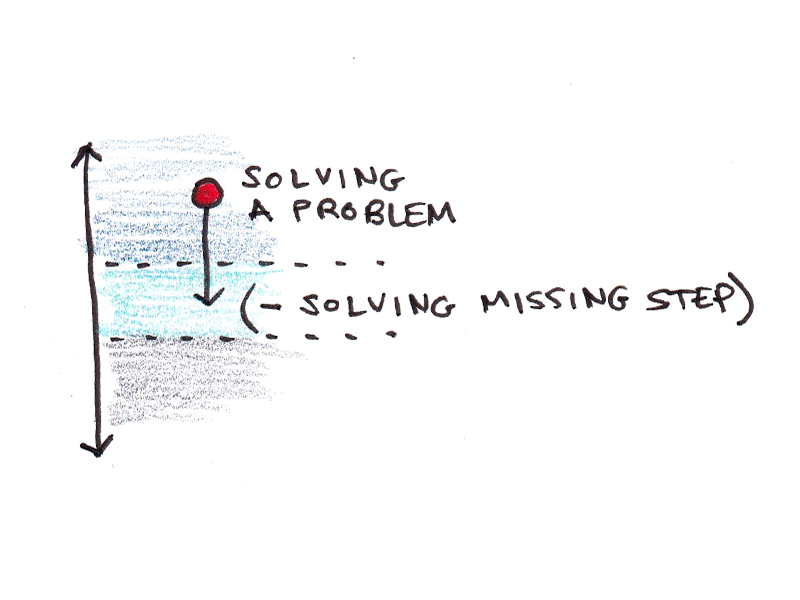
Frustration is the other failure mode of flow. It occurs when you’re working on something that is beyond your current skill level, so you’re experiencing frequent negative feedback signals from the environment.
While some frustration is almost inevitable in a learning project, it isn’t a necessary emotion for learning. The more we can reduce frustration in our efforts, the more enjoyable we can make learning—without sacrificing effectiveness.
For instance, if you’re working through a set of problems and solutions, you can adjust the difficulty level dynamically to keep it challenging, but not frustrating. If you can’t solve the problems alone, try solving them with a hint. If you can’t do that, try omitting one of the steps of the solution and see if you can fill it in. If you can’t do that, try explaining the solution to yourself as you read through it. By dynamically adjusting difficulty downward to where it is challenging yet doable, you can increase flow, decrease frustration and make it easier to stick to the work.
Flow Enhancer #3: Make progress more visible
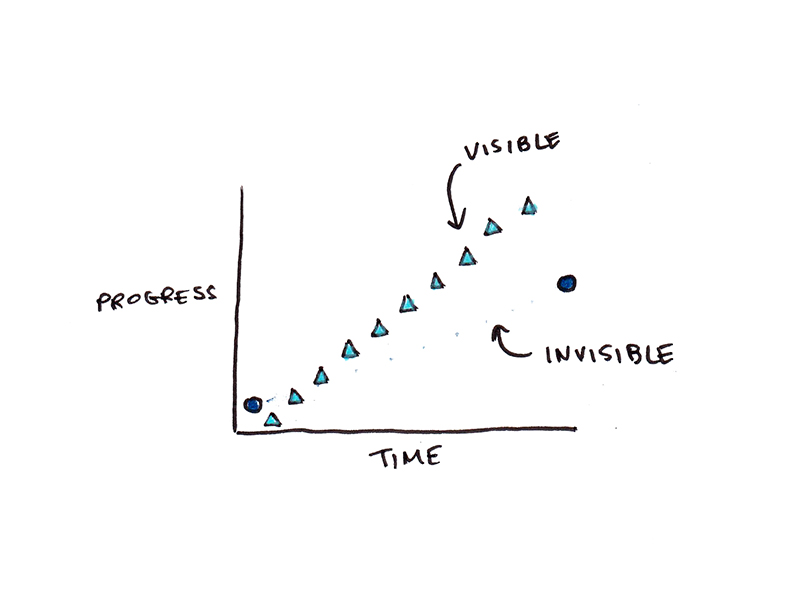
Beyond choosing the right difficulty, it helps to break your learning into small units you can make steady progress on. Then make that progress conspicuous in your learning efforts.
Flashcard softwares do this well by giving you a constantly increasing counter showing “cards learned” so you can watch your progress inch forward. But you can do this for almost any variable that is associated with progress:
- Number of problems solved.
- Pages read.
- Sketches made.
- Exercises completed.
- Rehearsals performed.
Choose a variable that always improves (setbacks are ~3x as costly to motivation as forward progress is helpful), is fine-grained enough that you see it go up every time you study, and reliably matches the learning activity you’re actually trying to accomplish. Then, make sure this variable is highly visible in your actual learning efforts. If you don’t “feel” its presence when you’re studying, it won’t work to motivate you.
_ _ _
In my full course, Rapid Learner, I’ll go through much more than flow in the equation of how you can get your learning done—from productivity systems, energy management and the nitty-gritty of studying. On Monday, I’ll be opening the course for a new session. In the next lesson, the last in this preview series, I’ll talk about imagining a life devoted to learning new things, and why it’s the key, not just to success, but to happiness itself.
The post Lesson 3: The surprising secret to flow appeared first on Scott H Young.

































